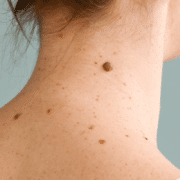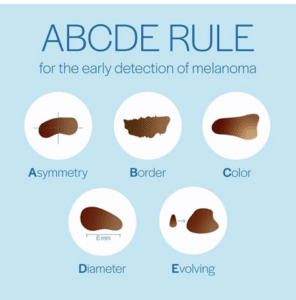June is Men’s Health Month: What this should mean for skin health
June marks the annual observance of Men’s Health Month, a time dedicated to raising awareness about the unique health challenges men face and promoting healthy lifestyles. While the spotlight often falls on heart health, physical fitness, and mental well-being, one crucial aspect that deserves equal attention is skin health. Skin checks and proper skin care are vital components of overall health, and Men’s Health Month presents a perfect opportunity to highlight their importance.
Understanding Men’s Health Month
Men’s Health Month is designed to encourage men and boys to take charge of their health by engaging in regular check-ups, adopting healthier habits, and seeking timely medical advice. The goal is to reduce the prevalence of preventable health issues and to improve overall quality of life. During this month, various organizations and health advocates promote activities and educational campaigns to help men understand the importance of regular health screenings and preventive care.
The Importance of Skin Health
Skin is the body’s largest organ and serves as the first line of defense against environmental hazards. Despite its importance, skin health is often overlooked, especially by men. Here’s why paying attention to skin health is critical:
- Skin Cancer Awareness: Skin cancer is the most common cancer in the United States, and men are particularly at risk. According to the Skin Cancer Foundation, men over 50 are more likely to develop melanoma than the general population. Regular skin checks can lead to early detection, which is crucial for effective treatment and better outcomes.
- Sun Protection: Men often spend significant time outdoors, whether for work or leisure activities. This increases their exposure to harmful UV rays, which can damage the skin and increase the risk of skin cancer. Proper use of sunscreen, wearing protective clothing, and seeking shade are simple yet effective measures to protect skin health.
- Aging and Skin Care: While men may not be as concerned with wrinkles and age spots as women, maintaining healthy skin is still important. Good skin care routines can prevent issues such as dryness, irritation, and infections, contributing to overall well-being.
Steps Men Can Take During Men’s Health Month
- Schedule a Skin Check: Make an appointment with a dermatologist for a professional skin examination. Dermatologists can identify suspicious moles or spots that may require further investigation or treatment.
- Learn Self-Examinations: Educate yourself on how to perform regular self-examinations. Check your skin from head to toe monthly, and note any changes or new growths. Early detection is key in the fight against skin cancer.
- Adopt a Skin Care Routine: Incorporate basic skin care steps into your daily routine. Cleanse your face with a gentle cleanser, moisturize daily, and apply a broad-spectrum sunscreen with an SPF of at least 30 every morning, even on cloudy days.
- Stay Informed: Take advantage of the resources available during Men’s Health Month. Many organizations offer educational materials and events focused on men’s health, including skin health. Use this time to learn more about how you can protect your skin and overall health.
Men’s Health Month in June is an excellent opportunity for men to prioritize their health and well-being. By focusing on skin health, men can reduce their risk of skin cancer, prevent premature aging, and maintain their overall health. Scheduling regular skin checks, adopting a daily skin care routine, and staying informed are simple yet powerful steps every man can take. Remember, taking care of your skin is not just about looking good—it’s about staying healthy. Make skin health a priority this Men’s Health Month and beyond.











